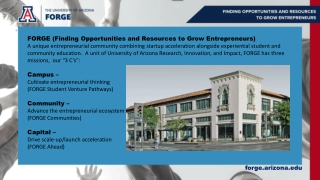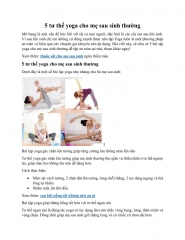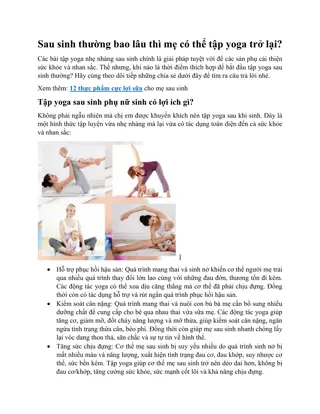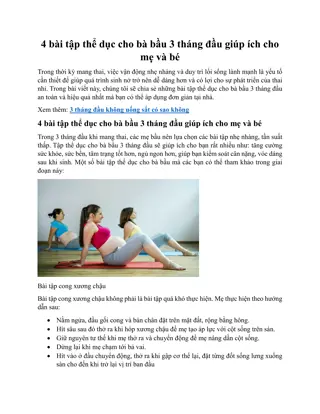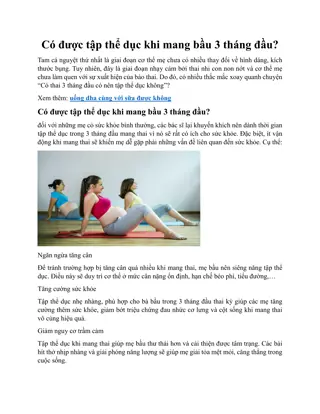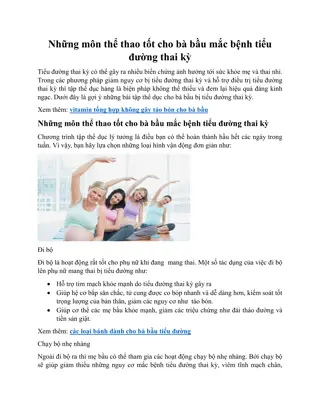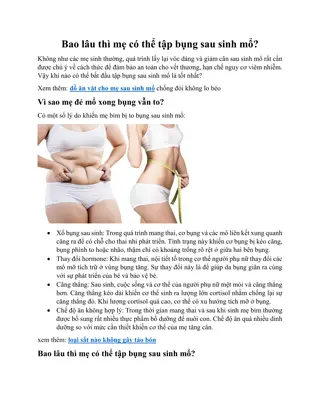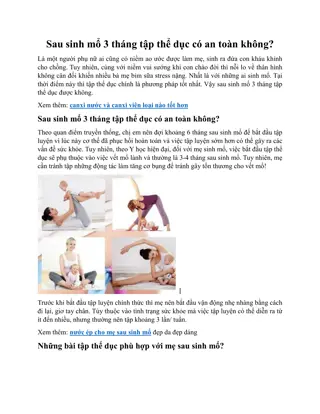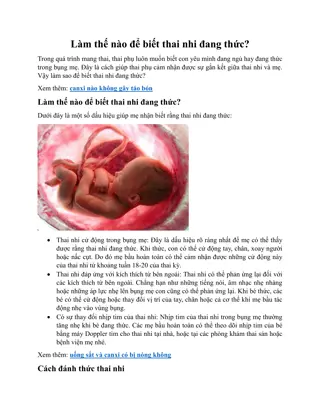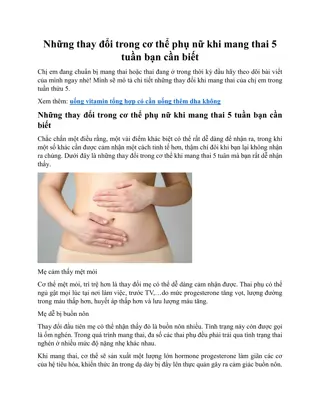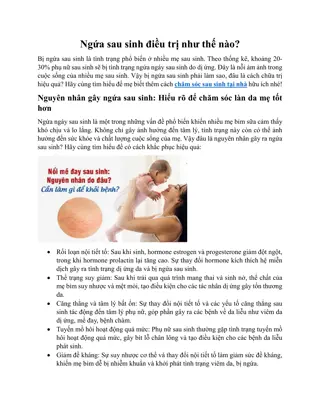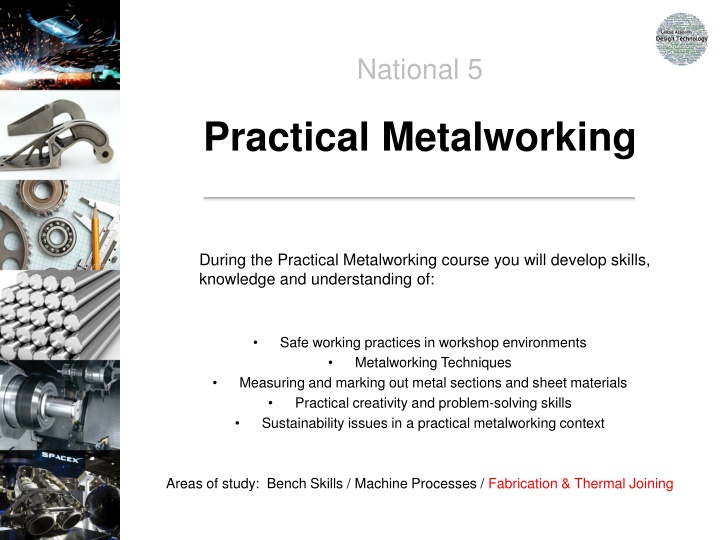
Practical Metalworking Skills & Techniques for Safe Workshop Practices
Develop your metalworking skills with a focus on safe practices, thermal joining, and fabrication techniques using a gas-powered forge. Learn about annealing, hardening, and tempering processes while ensuring proper PPE for a hands-on learning experience in a workshop environment.
Download Presentation

Please find below an Image/Link to download the presentation.
The content on the website is provided AS IS for your information and personal use only. It may not be sold, licensed, or shared on other websites without obtaining consent from the author. If you encounter any issues during the download, it is possible that the publisher has removed the file from their server.
You are allowed to download the files provided on this website for personal or commercial use, subject to the condition that they are used lawfully. All files are the property of their respective owners.
The content on the website is provided AS IS for your information and personal use only. It may not be sold, licensed, or shared on other websites without obtaining consent from the author.
E N D
Presentation Transcript
National 5 Practical Metalworking During the Practical Metalworking course you will develop skills, knowledge and understanding of: Safe working practices in workshop environments Metalworking Techniques Measuring and marking out metal sections and sheet materials Practical creativity and problem-solving skills Sustainability issues in a practical metalworking context Areas of study: Bench Skills / Machine Processes / Fabrication & Thermal Joining
National 5 Practical Metalworking Unit 3: Thermal Joining & Fabrication - The Forge Safety Rating: (High)
Thermal Joining & Fabrication The Forge For thousands of years blacksmiths have been forging metal in controlled fireplaces we call forges. A forge is designed to allow the manipulation of metal using heat. The Ceramic Chip Forge we use in school is a gas powered forge, traditionally a smith would use coal. The gas forge allows for a consistent and clean flame that heats up ceramic chips in which we can heat our metal to temperatures upward of 14,000 C. The Forge also has a gas torch, therefore can also be used as a Hearth for Brazing metals together using a filler rod. The torch can also be simply used to concentrate heat on certain areas of your metal.
Thermal Joining & Fabrication The Forge When using the forge there are of course many items of PPE to be worn, as with any hot work in the workshop. All pupils will wear a leather apron, goggles, leather gauntlets and leather footwear, preferably steel toe-capped. When turning on the forge and/or the torch, always carefully follow your teachers instructions!
Thermal Joining & Fabrication When using the forge there are many processes we can use to manipulate our metal. Annealing is a heat process where a metal is heated to a specific temperature or colour and then allowed to cool slowly. This softens the metal which means it can be cut and shaped more easily. Mild steel, is heated to a red heat and allowed to cool slowly. However, metals such as aluminium will melt if heated for too long. Aluminium can be annealed but care must be taken whilst heating. The flame should be held at a distance to the aluminium so that it gives a generalised heating to the metal. A trick of the trade is to rub soap on to the surface of the aluminium and then heat it on the forge. It takes only a short time for the soap to turn black. The aluminium should then be allowed to cool slowly. It is now annealed and should be very soft and malleable.
Thermal Joining & Fabrication When using the forge there are many processes we can use to manipulate our metal. Hardening and Tempering is a heat treatment of steel that makes it more durable and hard wearing. For example, if a high carbon steel or silver steel screw driver blade has been manufactured, at some point it will have to be hardened to prevent it wearing down when used. On the other hand it will have to be tempered . This second heating process reduces the hardness a little but toughens the steel. It also significantly reduces the brittleness of the steel so that it does not break easily. The whole process is called hardening and tempering. Stage One: The screw driver blade is heated, slowly at first, warming up the whole blade. Then the heat is concentrated on the area at the end of the blade. This gradually becomes red hot.
Thermal Joining & Fabrication When using the forge there are many processes we can use to manipulate our metal. Stage Two: The screw driver blade is removed quickly from the forge, with blacksmiths tongs and plunged into clean, cold water. Steam boils off from the water as the steel cools rapidly. At this stage the blade is very hard but brittle and will break easily. Stage Three: Heat is concentrated at the end of the steel blade. The steel must be watched very carefully as it changes colour quickly A blue line of heat will appear near the end of the blade and it travels towards the tip as the temp rises along the blade. When the blue reaches the tip the torch is turned off. The blue indicates the correct temp of tempering .
Thermal Joining & Fabrication When using the forge there are many processes we can use to manipulate our metal. Stage Four: The screw driver blade is placed on a steel surface also know as a cold sink , such as an anvil face. This conducts the heat away and allows slow cooling of the screw driver blade. When cold, the blade should be tough and hard wearing and unlikely to break or snap. This is due to the tempering process. When heating steel on the forge, colour changes take place. These can be used to indicate the temperature of the metal. The table opposite is a rough guide.
Thermal Joining & Fabrication When using the forge there are many processes we can use to manipulate our metal. Case Hardening is a simple method of hardening steel. It is less complex than hardening and tempering. This techniques is used for steels with a low carbon content. Carbon is added to the outer surface of the steel, to a depth of approximately 0.03mm. One advantage of this method of hardening steel is that the inner core is left untouched and so still processes properties such as flexibility and is still relatively soft. Stage One: The steel is heated to red heat. It may only be necessary to harden one part of the steel and so heat can be concentrated in this area.
Thermal Joining & Fabrication When using the forge there are many processes we can use to manipulate our metal. Stage Two: The steel is removed from the forge with blacksmiths tongs and plunged into case hardening compound and allowed to cool a little. The case hardening compound is high in carbon. Stage Three: The steel is heated again to a red colour, removed from the forge and plunged into cold, clean water. The steel rod should now have a hardened outer surface and a flexible, soft interior. The process can be repeated to increase the depth of the hardened surface.
Quiz Questions 14 Record answers in your notes jotter 1. What are the chips made from used in the Forge? 2. What can we use when annealing Aluminium to help recognise when it is hot enough? 3. What surface will we use as a cold sink ? 4. What H can our forge also be known as? 5. What process requires a powder compound?
Quiz Questions 14 Record answers in your notes jotter 1. What are the chips made from used in the Forge? Ceramic 2. What can we use when annealing Aluminium to help recognise when it is hot enough? Soap 3. What surface will we use as a cold sink ? Anvil face 4. What H can our forge also be known as? Hearth 5. What process requires a powder compound? Case Hardening

